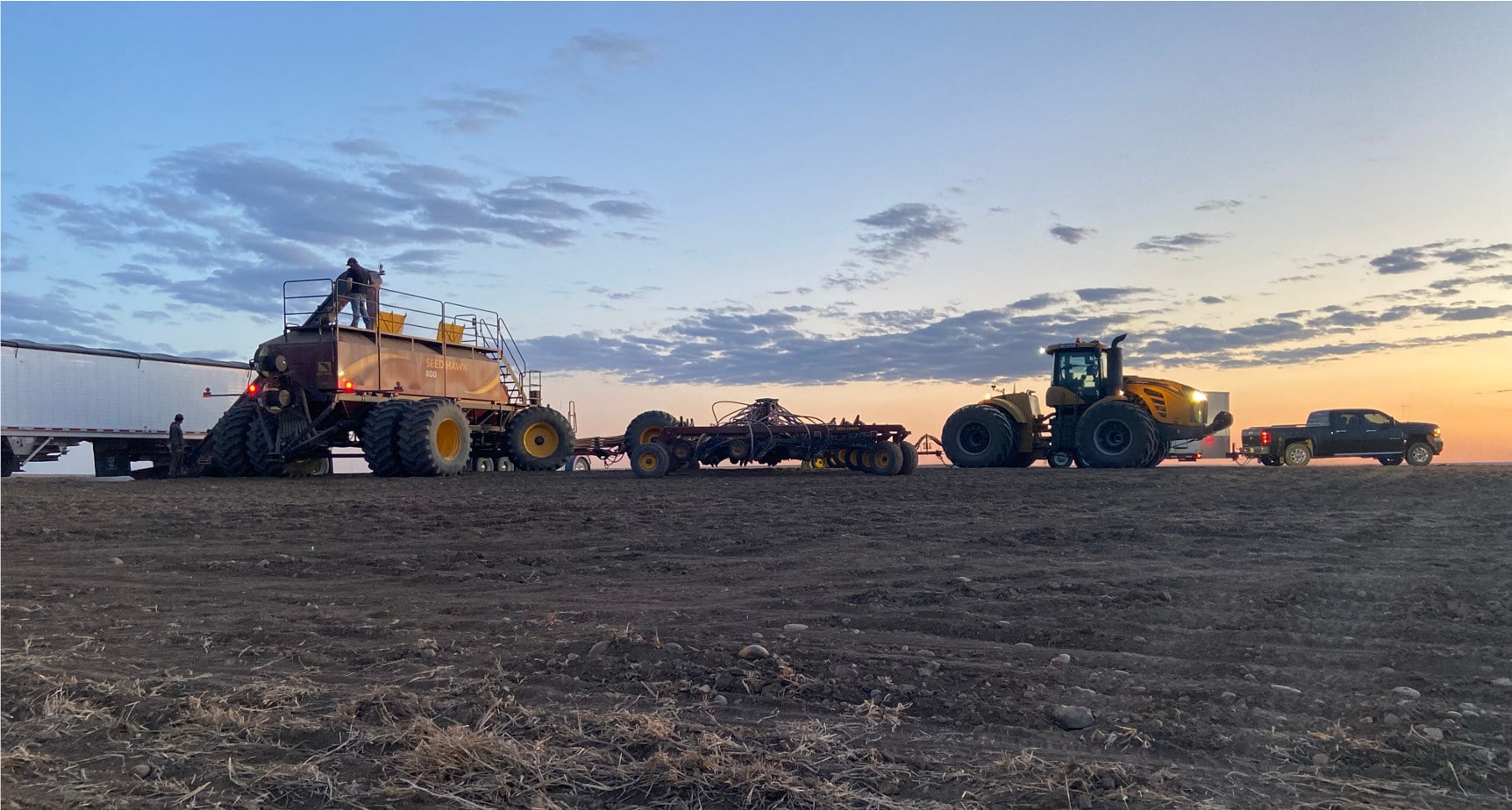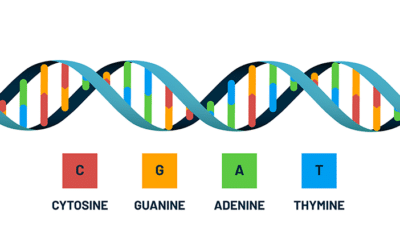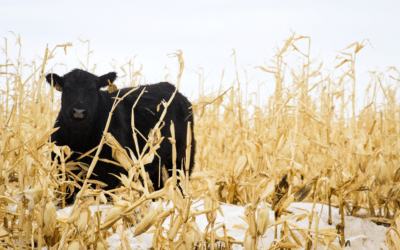Garth Donald, Manager of Agronomy, Decisive Farming by TELUS Agriculture
With drought conditions cutting deeply into farmers’ wallets across the province, farmers are justified in looking in every direction they can to trim costs. Unfortunately, I can already predict one direction many farmers will look first to save money: their potassium bill. In fact, drought is the very worst time to knock potassium off your application menu.
There are several incorrect perceptions about adequate potassium rate. First and foremost, many think potassium isn’t particularly important. They’re wrong. It’s not accidental that agronomists and nutrient experts always preach nitrogen (N), phosphorus (P) and potassium (K). In the order of nutrient importance, potassium is second only to nitrogen depending on crop types.
If you look at a plant leaf under a microscope, you’ll see thousands of tiny pores. These stomata are the openings that allow plants to take carbon dioxide (CO2) in and move oxygen (O2) and excess moisture out of the plant. Stomata are much more than simple chimneys, though. They open and close depending on weather and plant conditions to precisely control the optimal rate of gas and moisture movement.
I’ve been in a dozen, maybe a hundred, fields where a farmer has pointed to a wilting crop and complained about lack of moisture. What they sometimes don’t realize is that wilting is often as much a result of potassium deficiency as water shortage. That’s because potassium plays a critical role in managing the opening and closing of the stomata. If a plant is potassium deficient, it won’t be able to close its stomata, leading to unnecessary moisture loss and wilting. Insufficient potassium is a problem anytime, but its impact on stomata can drastically accentuate the impact of dry conditions.
Managing the rate of moisture loss is just one of potassium’s key functions. Potassium is also a key component in the creation of cell walls. As such, maintaining recommended rates of potassium directly impacts standability. It’s also crucial in developing protein structures and it impacts the overall look of seeds (a key consideration for seed growers).
Many believe their fields naturally have adequate potassium. While some Canadian prairies fields are blessed by high reserves of naturally-occurring potassium, far more are deficient.
Part of the challenge is that actual soil levels and plant available levels differ significantly. A field that shows decent potassium – say 200 or even 300 ppm – may be functionally deficient if its magnesium levels are high. That’s because potassium and magnesium need to be balanced for each to fulfill its role in plant nutrition. Given that many western Canadian acres have high magnesium levels, functional potassium deficiency is very common. Too, different soil types ‘hold’ potassium differently. Sandy soils, for example, eat potash like nobody’s business, which means a farmer can put on strong rates annually and still not achieve any significant reserves.
One of the biggest roadblocks to adequate potassium application is historical use. In the early 80s, research determined that Albertan soils had adequate potassium stores. Nervous of potassium’s salt toxicity and happy to save a few dollars, farmers were more than willing to skip additional potassium application. However, farming today isn’t the same as farming 40 years ago. Whereas a high-performance wheat crop produced 35-40bu/ac crops in the 1980s, today we’re yielding nearly double. What was adequate nutrition back then simply isn’t adequate today.
Admittedly, determining the correct rate of potash application – a rate that ensures adequate potassium is available in the seed row without burning plants – is a challenge. Potassium is only 30 to 40% available in its year of application, and only moves maybe ½ to ¾ of an inch per year. So, optimizing this nutrient requires a long-range perspective.





